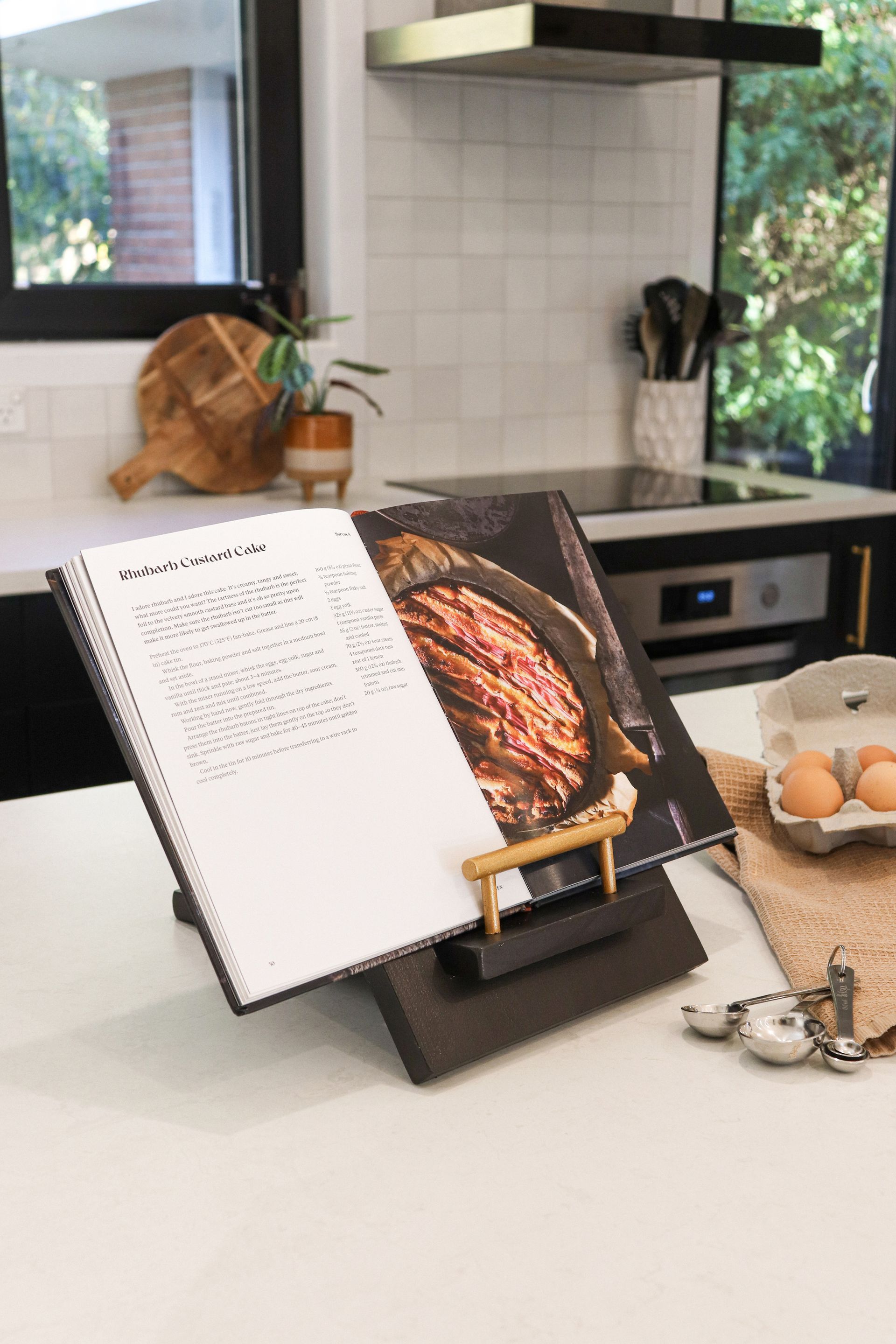An experienced real estate professional can be invaluable in helping guide you through a property sale. Finding the perfect real estate agent is about finding a balance between knowledge, experience and communication. Local expert Keith MacDonald provides an insight.
The single most critical factor that will determine your level of success when it comes to selling your home is the agent you decide to work with. A good real estate agent does not just sell properties – they sell dreams, aspirations, and themselves.
When you select an agent to represent your property you need to have trust in their ability to not only represent you and your home, but in their ability to help you realise your real-estate goal – a big SOLD sign.
Finding the right agent is also about ‘fit’ and who is right for you. While referrals can be great, make sure you explore your options. Trust your intuition as you will be entrusting this person to sell one of your biggest assets.
A great agent will have persistence, tenacity, resilience, proactivity, and most importantly the ability to form strong personal relationships across all facets of the industry. An agent advertising for you is just one step. A good agent is skilled at mixing the personal (meetings, regular updates and client care) with the mechanical work (marketing, post-inspection feedback) to craft an effective sale. Through regular reports, updates and rapport a great agent is always interacting with clients.
Real estate is not only about selling houses – it is about people. I would not be an agent without repeat business and the relationships I have forged. I talk to people all day and these connections have shaped a network of people and unique relationships which are paramount to long-term success as an agent.
A life working in real estate translates to a wealth of experience but what is market experience?
Christchurch is a small place and somewhat nuanced in how different areas are subject to different market pressures. Entrenchment in a single market allows an agent to feel out what is happening in little pockets through their network. To recognise what events can be stabilising or affecting fluidity can only be learned, not taught. Being constantly involved and observing makes an agent competitive and able to work, which is why it is important to engage an agent who brings this market experience to your property.
A house is one of the most valuable and important things that a family can have, both in its value for long-term financial security, and its foundation as a home for family. Parting with it can be complex and time consuming. Now more than ever home sellers need a personalised agent with extensive experience in all types of markets – up and down – combined with the umbrella of a big real estate brand to give you the best, broadest opportunities, and comfort, when selling.
Harcourts Grenadier Real Estate agent Keith MacDonald and his team measure their success in terms of client satisfaction. As a Harcourts agent, Keith’s sellers aren’t just getting an experienced team with a proven track record, they are gaining access to Harcourts' huge market share and the advantage of Harcourts being real estate’s most trusted brand, working for them.
Keith MacDonald, 0274 964 799. (Licensed Agent REAA 2008)
Recent stories



All Rights Reserved | CountryWide Media


